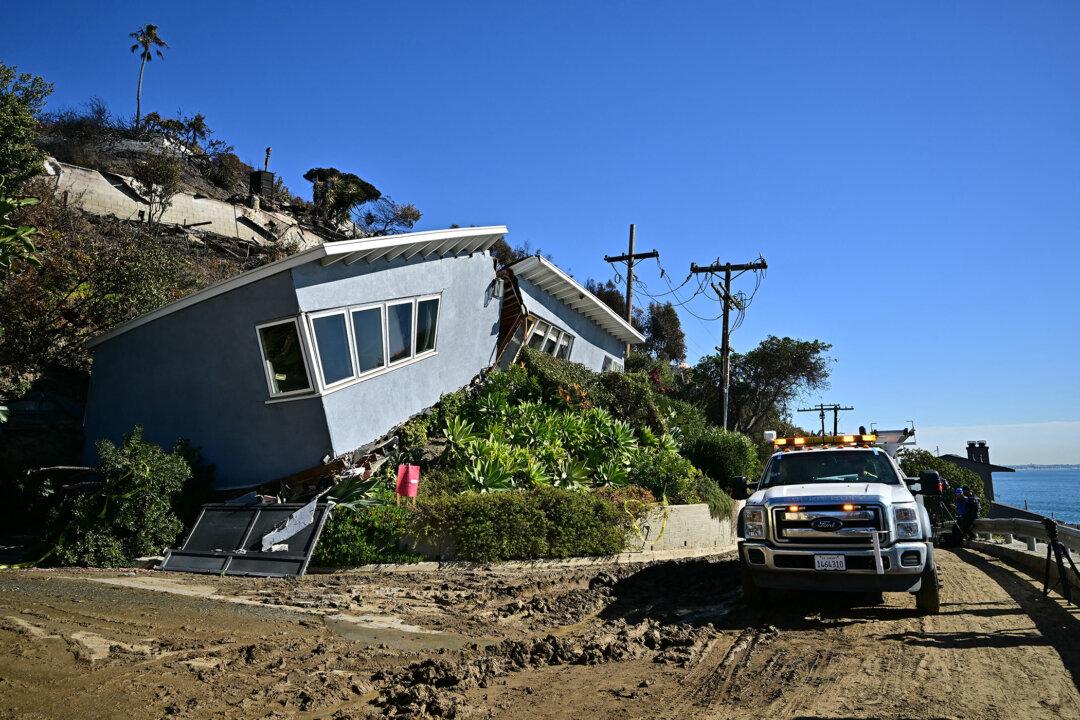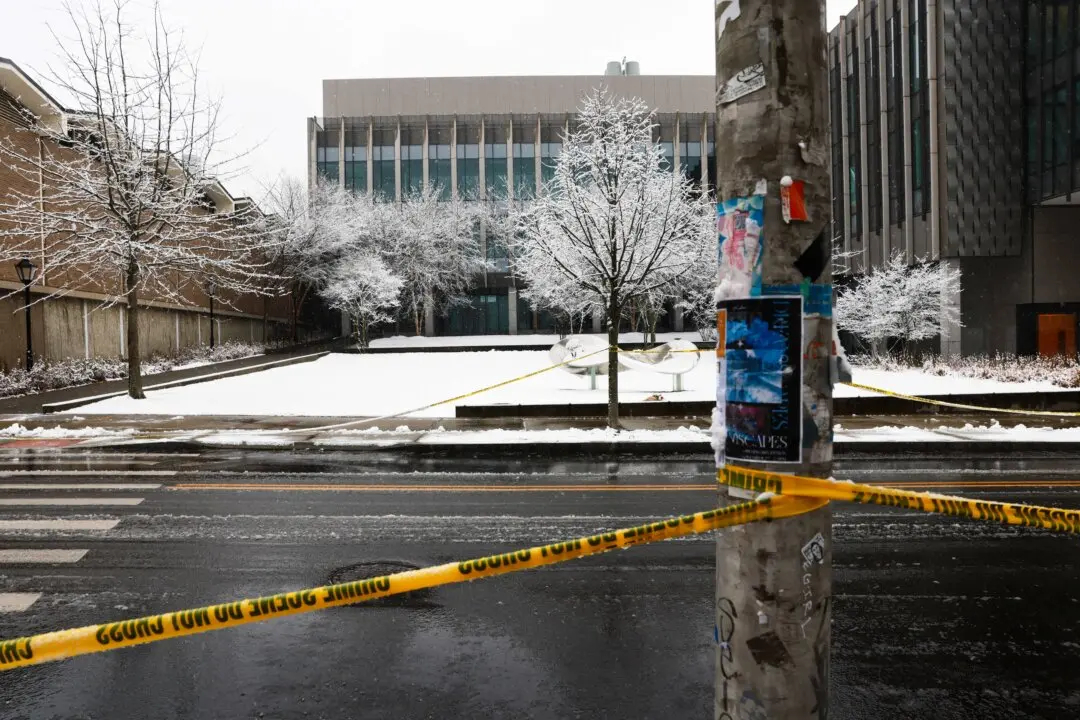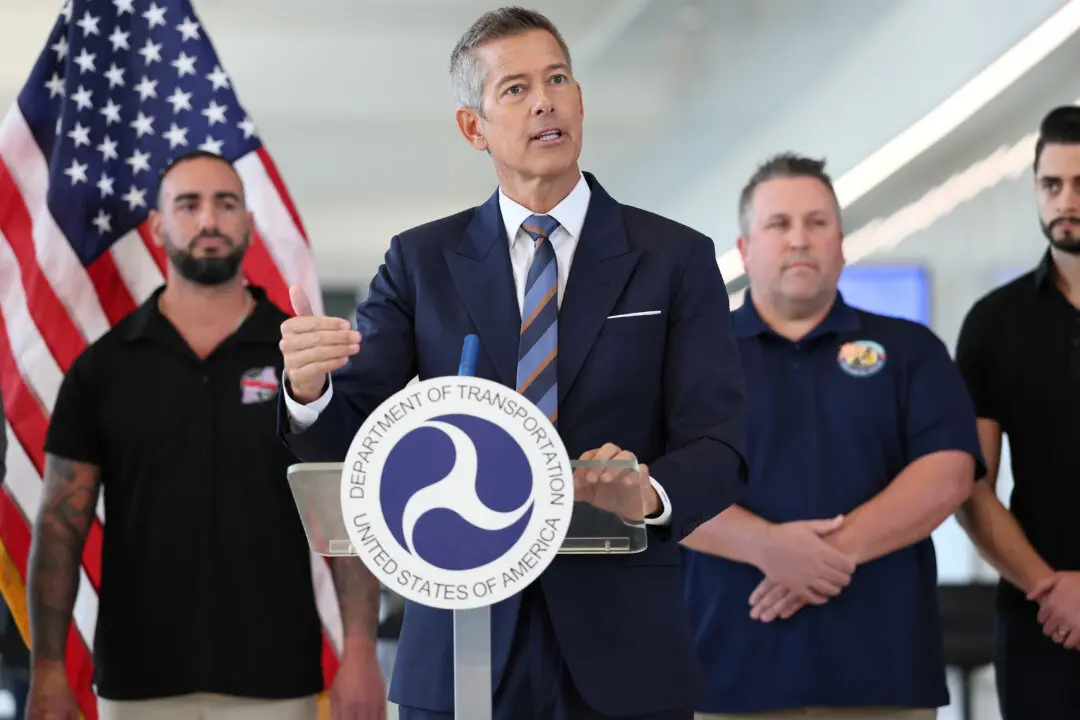After a home that survived the Los Angeles fires was destroyed by a mudslide this week, forecasters don’t expect significant rain anytime soon for the region, decreasing the risk of landslides in burn-scarred areas.
Wildfires destroy root systems in burn areas, destabilizing the soil and making it susceptible to mudflows. After a wildfire, landslide concerns rise when the first heavy rains hit vulnerable areas.





